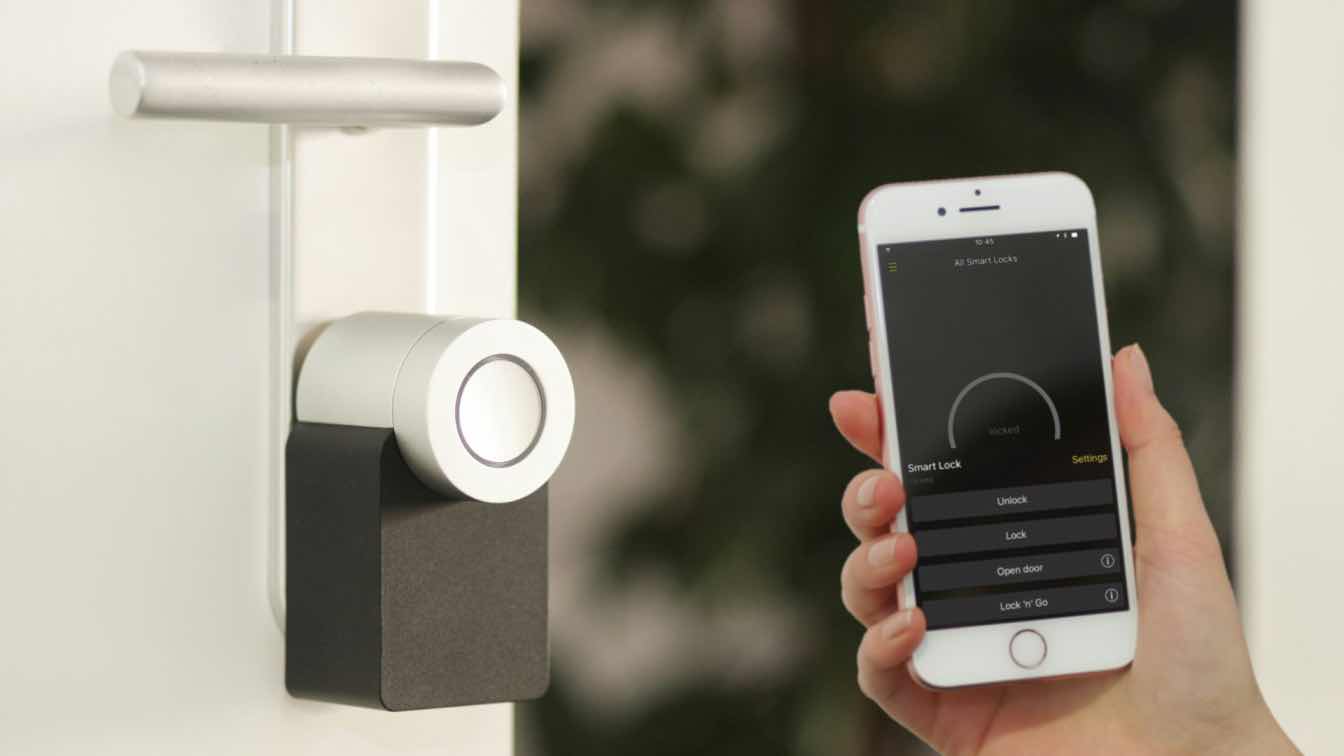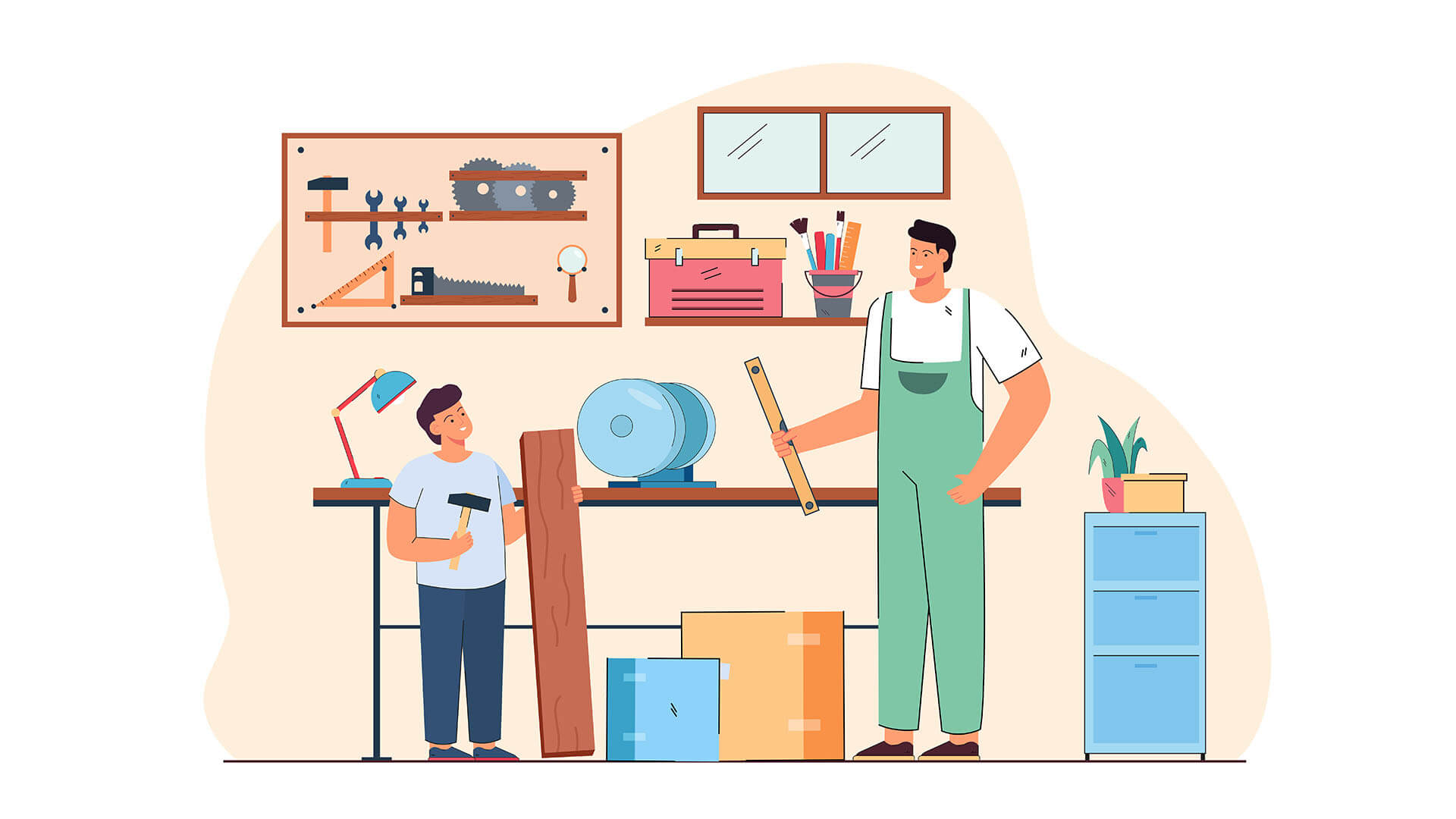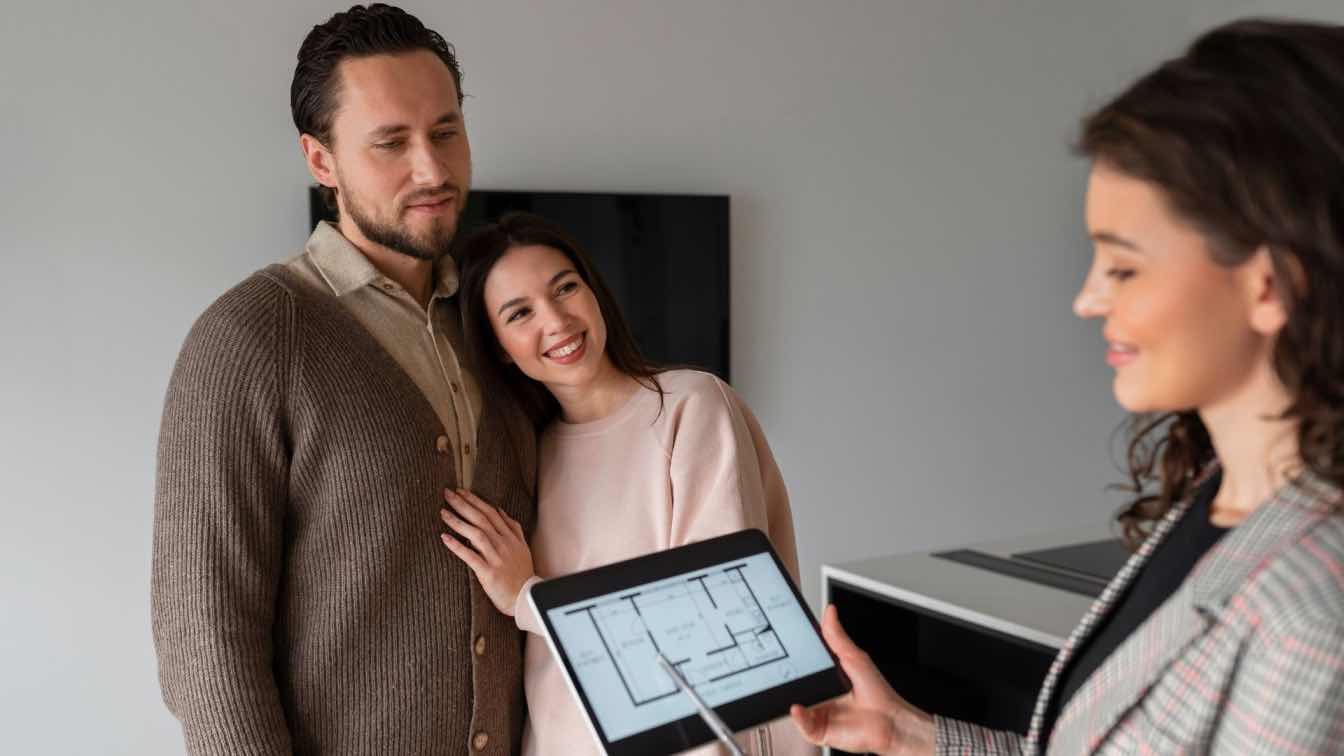A 2023 report found that global smart home users reached 360.68 million. This year, it is expected to increase to 422.19 million. By 2028, the number of smart home users was projected to reach 785.16 million.
This widespread integration of technologies into modern homes highlights the life-altering potential of these advancements. Many homeowners now recognize the advantages these innovations can bring to our lives.
Smart homes reshape the way we interact with our living spaces. If you plan to integrate technologies into your home, this guide will provide the roadmap to establishing a more connected, efficient, intuitive, and personalized household.
Benefits of Integrating Smart Technologies Into Your Home
Smart homes have appliances with advanced technologies that work together to create a remote-controllable network. All devices are interconnected through the Internet, allowing you to program functions such as lighting, temperature, and security access.
Examples of smart home devices include:
- Smart TVs
- Thermostats
- Lighting systems
- Security alarms and cameras
- Locks and door openers
- Kitchen appliances
- Household monitors
- Smart plugs
Here are the benefits you can enjoy from integrating these technologies into your home:
Convenient home management
Smart home technologies help simplify chores and tasks by allowing users to control various functions through mobile apps or voice commands.
Remote access makes this convenient home management possible. Whether regulating indoor temperature, adjusting the lights, or monitoring loved ones and security, you can manage them without being at home.
Therefore, this simplification offers flexibility and peace of mind, especially if you travel frequently or have a busy lifestyle.
Improved energy efficiency
Household energy consumption contributes to environmental issues. For instance, electricity generation through fuel emits air contaminants and greenhouse gases. Inefficient use can produce higher emissions, aggravating air pollution.
However, integrating smart home technologies helps reduce these carbon footprints. For example, intelligent lighting systems can turn off lights instantly when you leave rooms. This automation can lower your energy bills and consumption.
This improved energy efficiency enables you to adopt a sustainable lifestyle that helps combat climate change.
Fortifies home security
Intelligent security systems have safety features like facial recognition and motion detection. These functions help fortify your home security by allowing you to monitor your home remotely with an internet connection.
Such tools can also provide real-time alerts for unusual activities.
Furthermore, they can provide quick response mechanisms in emergencies. For example, voice assistants like Siri and Alexa can immediately contact emergency authorities through spoken commands. This feature is crucial for situations where every second counts, e.g., fires and break-ins.
Space personalizations through customizations
Smart home devices have configurable settings, letting you tailor your living space to your style and preferences. These customizations help you establish different ambiances suitable for your mood, needs, and tasks.
Examples include “sleep mode” and “party mode.” You can choose sleep mode for a calm and quieter atmosphere or party mode to make the spaces more lively.
By optimizing your environment for any activity, you can make your home more comfortable and enjoyable. As a result, you can transform your home into a space that reflects your style while responding to your needs.
Increased property value
Because intelligent home features are becoming more popular, many homebuyers are willing to purchase properties equipped with these technologies.
Your selling point can be the combination of convenience, personalization, energy efficiency, and enhanced security. This will help your property stand out in the cutthroat real estate market.
Essentials To Remember Before Integrating Technology Into Your Home
Smart home technologies are often expensive. Here are the essentials you must remember before going into an upgrading spree:
Financing goals, needs, and resources
The first step is to outline a budget by identifying which technological features best suit your lifestyle and home requirements. Have your energy bills inflated in the past few months, or is your security system outdated?
Determining your priorities helps you focus on investments that will provide the most value. This way, you won’t waste time and money on unnecessary upgrades.
You can also consider financing options like loans for significant home upgrades. For example, you can take out a mortgage loan from private lenders like SoFi to free up more savings and make the smart home transition affordable.
Device compatibility
Not all homes are compatible with intelligent systems. Incompatible devices can cause technical issues and reduce your system’s efficiency.
Ensuring that the devices you install seamlessly work with your existing home setup is imperative. This process involves checking whether they can connect to your computers, smartphones, and other devices.
Additionally, you must choose devices compatible with various platforms. These networks help make software upgrades more manageable, reducing the need to overhaul and simplifying the maintenance.
Durability, reliability, and customer support
Like other products, your smart home device should be durable and reliable.
Durable and reliable products have regular updates and responsive customer support. Check if your chosen brand provides comprehensive services and licensed technicians who troubleshoot issues quickly.
These factors are essential to avoid frequent repairs and replacements and ensure the devices remain secure and up-to-date.
While high-quality equipment often entails higher upfront costs, the longer product lifespan might pay off over time. It offers peace of mind and a more economical home experience. Still, don’t forget about practicality.
Technological trends
Staying informed about new developments in smart home technologies will help you identify which upgrades best suit your needs and lifestyle.
For instance, following tech blogs and joining online forums can provide insights into the most advanced and practical devices for your home.
Remember to evaluate each trend to make informed and valuable choices. This strategic assessment helps ensure your investments’ long-term benefits.
Steps for Setting Up Your Smart Home
New homes are often constructed with intelligent technologies. Meanwhile, older homes can be retrofitted with technologies.
Also, some systems can be built from scratch, while others are purchased as smart home kits. Whatever you choose, here are the steps for setting up the system:
Invest in a reliable internet connection
Smart home technologies rely on an internet connection. Without a reliable one, your system won’t be efficient.
To pick an esteemed and reliable internet service provider (ISP), remember the following tips:
- Determine the available providers in your zip code
- Consider the monthly costs
- Try looking for bundles with smartphone or TV plans
- Look for add-ons or special features, e.g., wireless routers, antivirus program subscriptions, or online backup services
- Assess the reliability of customer service
Choose a hub
Smart home hubs or controllers operate all devices in a single system and provide apps for controlling the entire home.
If you prefer a fully automated smart home, you’ll require a hub with central controls. However, you can choose a virtual assistant to link all devices in the same network.
The features to look for in a smart home hub include:
- Ease of use
- Multi-user support
- Voice automation
- Web services
- Functions for expansion
- Device-to-device connectivity
- Data privacy controls
Start with basic smart devices
After choosing a hub, start with basic devices like bulbs, plugs, and switches. These devices are quick to set up and can automate various aspects of the house.
Starting with the basics will help you familiarize yourself with the functionalities and integrations. It also fosters a hands-on experience in remote control, programs, and scheduling. This fundamental knowledge will make it easier to expand your system with more advanced devices over time.
Configure the security settings
Once done with the setup, configure the security settings through the following ways:
- Program your Wi-Fi with a strong password and unique network name
- Create strong passwords for devices
- Enable multi-factor authentication
- Create a guest network
- Deactivate the unnecessary features
Add more devices when needed
As you become more comfortable with the setup, you can add more devices when needed. For example, you can include smart locks, security cameras, smart thermostats, and other technologies that fit your system.
Be Practical With Your Smart Upgrades
Thanks to smart home technologies, automating your living spaces is now within reach. You can enrich your lifestyle and establish a more personalized household.
But remember, integrating technologies into your home requires strategic planning and practicality. It’s best to focus on upgrades that offer comfort and provide long-term value.






